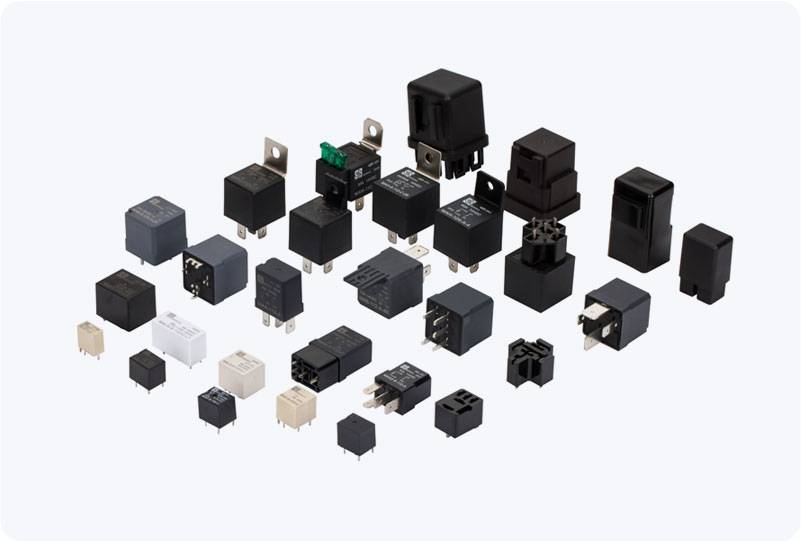understanding solid-state hv relay: the future of high voltage switching
Release time:2025-11-11 17:09:17
Solid-State High Voltage Relays (Solid-State HV Relays) represent a revolutionary leap in the field of electrical switching, offering enhanced performance, reliability, and longevity when compared to traditional mechanical relays. These relays are designed to handle high-voltage electrical circuits without the use of moving parts, making them a cornerstone in modern industrial applications where precision, speed, and durability are paramount. In this article, we will explore what Solid-State HV Relays are, how they work, and why they are increasingly preferred for high-voltage switching applications.

What is a Solid-State HV Relay?
A Solid-State HV Relay is an electronic switching device that performs the same function as a traditional mechanical relay, which is to open or close an electrical circuit. However, instead of using electromagnetic coils and moving contacts, Solid-State HV Relays use solid-state components such as semiconductors, transistors, and optocouplers to achieve the switching action. This innovation eliminates the mechanical wear and tear that is characteristic of conventional relays, offering a more reliable and longer-lasting solution.
These relays are designed specifically for high-voltage applications, making them ideal for industries such as power distribution, industrial automation, and telecommunications, where switching of high-voltage systems is required. With the ability to handle voltages ranging from several hundred to thousands of volts, Solid-State HV Relays have become an indispensable part of many electrical and electronic systems.

